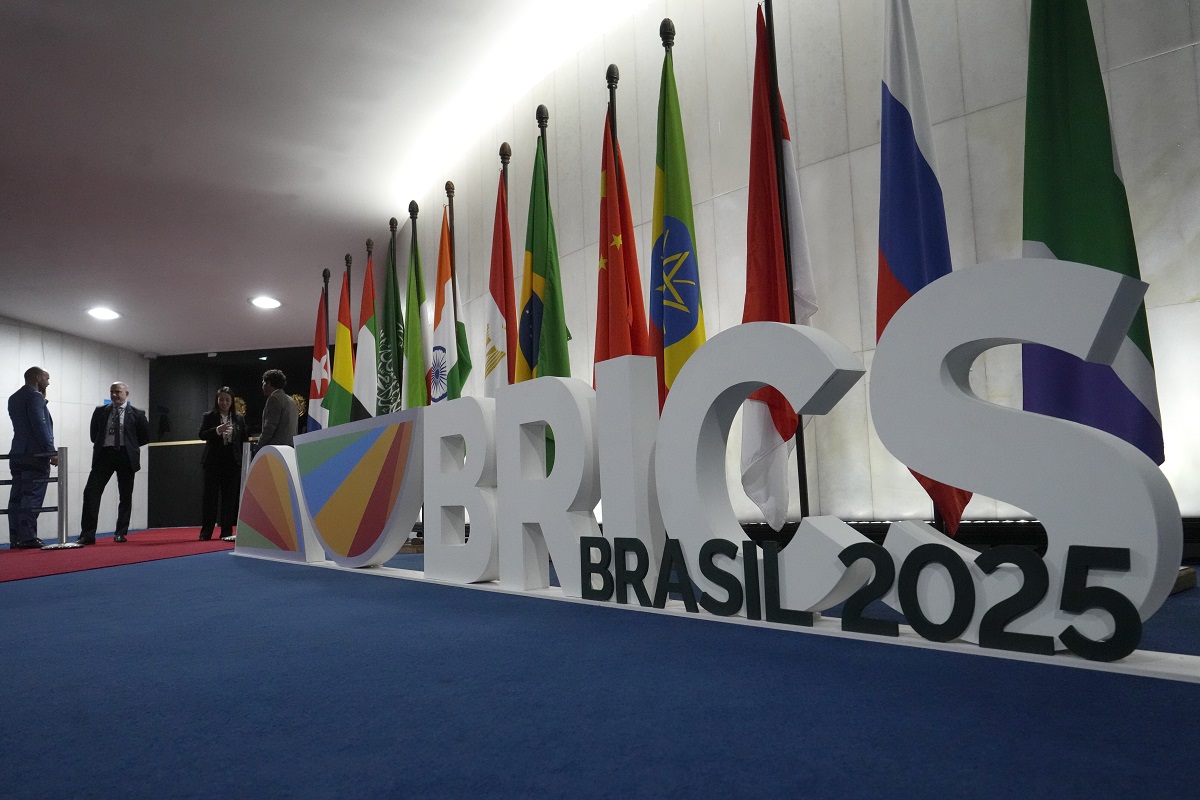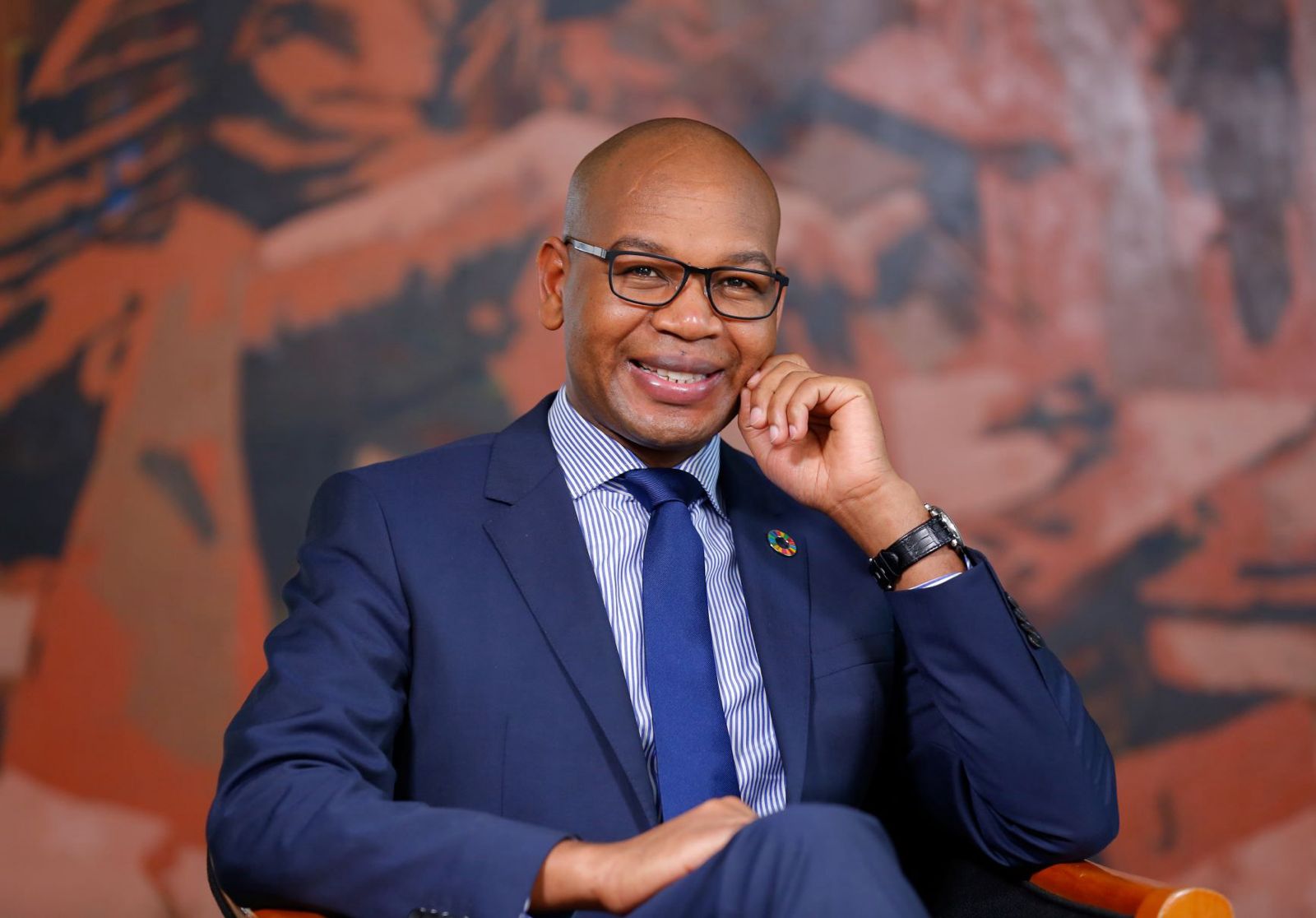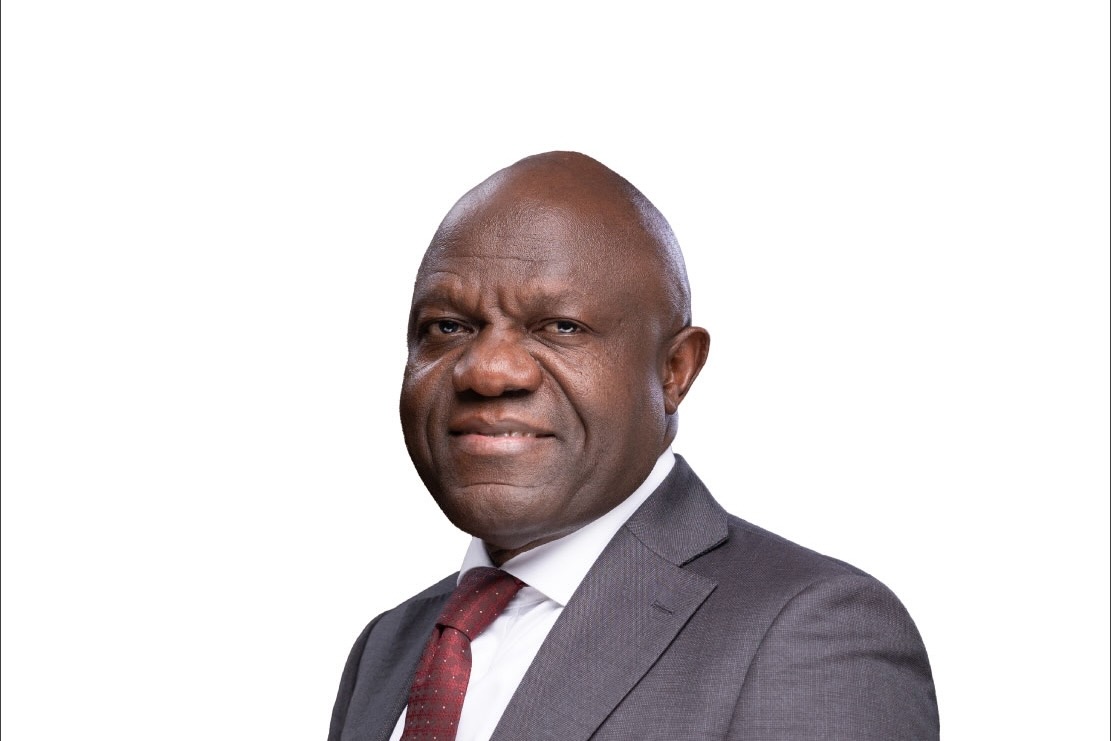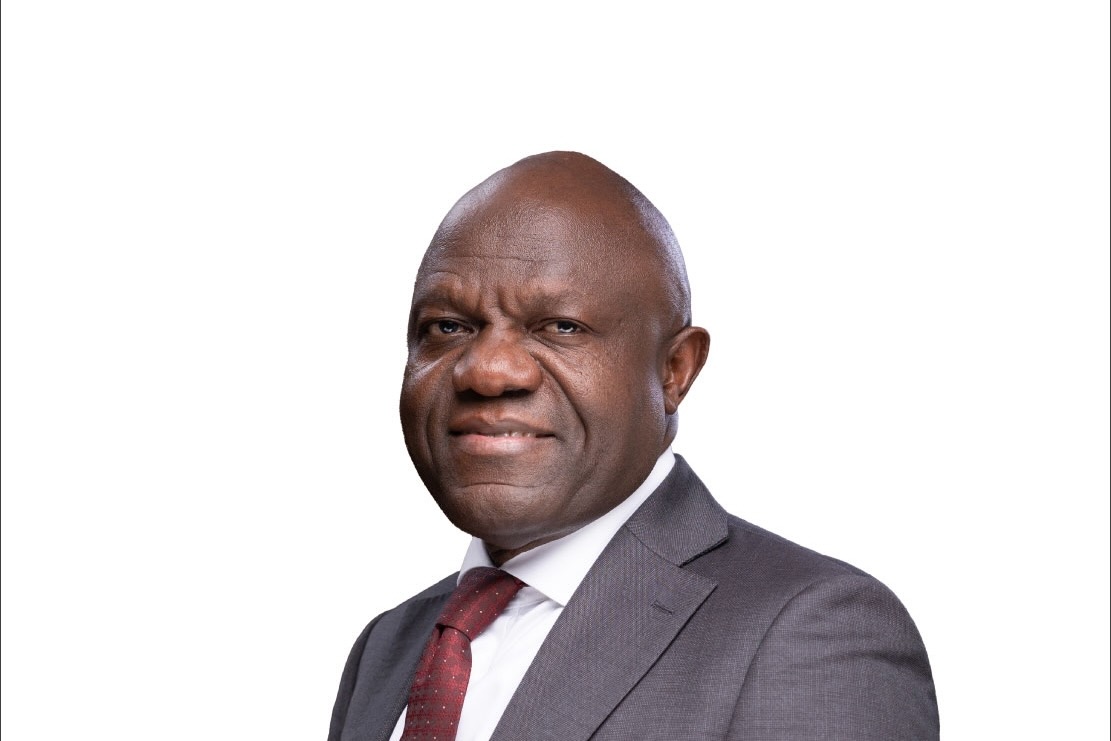Trump’s 10% tariff decree threatens BRICS’ de-dollarisation ambitions
- Donald Trump: Any country aligning themselves with the Anti-American policies of BRICS will be charged an ADDITIONAL 10 per cent tariff.
- Pronouncement comes as BRICS leaders convene in Rio de Janeiro, Brazil, for their annual summit this week.
- BRICS has been escalating efforts to challenge U.S. economic dominance—particularly its central role in the global financial system.
U.S. President Donald Trump has unveiled a sweeping new trade directive that could disrupt the growing momentum of BRICS nations to loosen their dependence on the U.S. dollar. In a post on his Truth Social platform Sunday night, Trump threatened to impose an additional 10 per cent tariff on any country that aligns itself with what he termed the “Anti-American policies of BRICS.”
“Any country aligning themselves with the Anti-American policies of BRICS will be charged an ADDITIONAL 10 per cent tariff. There will be no exceptions to this policy,” Trump declared.
The pronouncement comes as BRICS leaders convene in Rio de Janeiro, Brazil, for their annual summit this week. The objectives for the 6 to 7 July 2025 XVII BRICS Summit include: highlighting the ongoing humanitarian impact of Israeli military action in Gaza and in conflicts in Sudan, Ukraine and Iran; and advocating for the sustainable resolution of conflicts through diplomacy, inclusive dialogue and a commitment to the United Nations Charter.
The Summit will also explore ways of expanding tangible trade, tourism, investment and financial cooperation within BRICS and with BRICS Partner Countries.
Though Trump did not outline what specific BRICS actions would trigger the punitive tariff, trade analysts say the move is a clear preemptive strike against the bloc’s escalating efforts to challenge U.S. economic dominance—particularly its central role in the global financial system.
Stephen Olson, a former U.S. trade negotiator and now senior fellow at the ISEAS–Yusof Ishak Institute, said Trump’s directive is likely a response to the joint BRICS communiqué released earlier Sunday, which criticized the growing trend of unilateral trade policies.
“By ‘anti-American’ policies, the president may be referring to the desire expressed by BRICS members to move beyond a U.S.-led world order in finance and global governance,” Olson told CNBC, noting that how such alignment would be measured remains unclear. “It’s anyone’s guess.”
In their joint statement, BRICS leaders voiced “serious concerns about the rise of unilateral tariff and non-tariff measures which distort trade and are inconsistent with WTO rules,” a passage widely interpreted as a veiled critique of Trump’s own tariff-heavy trade agenda. They warned of a “proliferation of trade-restrictive actions” that risk “disrupting the global economy and worsening existing economic disparities.”
Although the U.S. was not named, the timing of the statement and Trump’s subsequent reaction leaves little room for ambiguity. Analysts say the policy announcement signals a significant escalation in Trump’s economic nationalism—one that could derail BRICS efforts to internationalize alternative currencies, bolster South-South trade, and build financial institutions outside Western influence.
Read also: Dedollarization: BRICS take on Trump and mighty dollar
A Blow to BRICS Ambitions?
The BRICS grouping—which now includes Brazil, Russia, India, China, South Africa, Saudi Arabia, Egypt, UAE, Ethiopia, Indonesia, and Iran—has been vocal about its mission to increase the influence of the Global South and reduce reliance on the dollar in international trade. The Carnegie Endowment for International Peace notes that a key BRICS goal is to “challenge Western-dominated institutions of global economic governance” and create new financial architecture, including an alternative to the U.S.-dominated SWIFT system.
While the bloc is still largely symbolic in its operational cohesion, its expanding membership and strategic economic statements have drawn the attention—and increasingly, the ire—of Western policymakers.
In a sign of growing political solidarity, the BRICS group also condemned recent military strikes on fellow member Iran during the summit, though they stopped short of directly naming either Israel or the United States.
The host country Brazil has not yet commented on Trump’s statement. However, the optics of the situation have added to speculation about a potentially disruptive new U.S. foreign trade agenda under Trump’s leadership.
Trump’s Tariff Policy Gathers Pace
Trump’s announcement also follows a week of mounting anticipation over U.S. tariff deadlines. Treasury Secretary Scott Bessent told CNN’s State of the Union on Sunday that letters detailing country-specific tariff rates would begin going out Monday. Bessent emphasized that this was not a fresh deadline, but a firm implementation timeline.
“We are saying this is when it’s happening. If you want to speed things up, have at it. If you want to go back to the old rate, that’s your choice,” Bessent said, referring to the August 1 enforcement date for countries that fail to strike deals with the U.S.
This marks the culmination of an earlier April policy in which Trump had announced sweeping tariffs on major trading partners but paused implementation for 90 days. That pause is set to expire this Wednesday, heightening tensions with both allies and rivals.
In what could be a calculated move to shift global trade alignments, Trump’s latest tariff edict puts nations at a crossroads: align more closely with the U.S. and avoid penalties, or deepen cooperation with BRICS at the risk of economic reprisal.
Either path, analysts say, could set off a seismic reshuffling of the current global economic order—one that BRICS nations were already seeking to redefine, but now under much greater pressure.
Read also: Kenya amplifies dedollarisation call at Nairobi AfCFTA talks
Share this content:





Post Comment